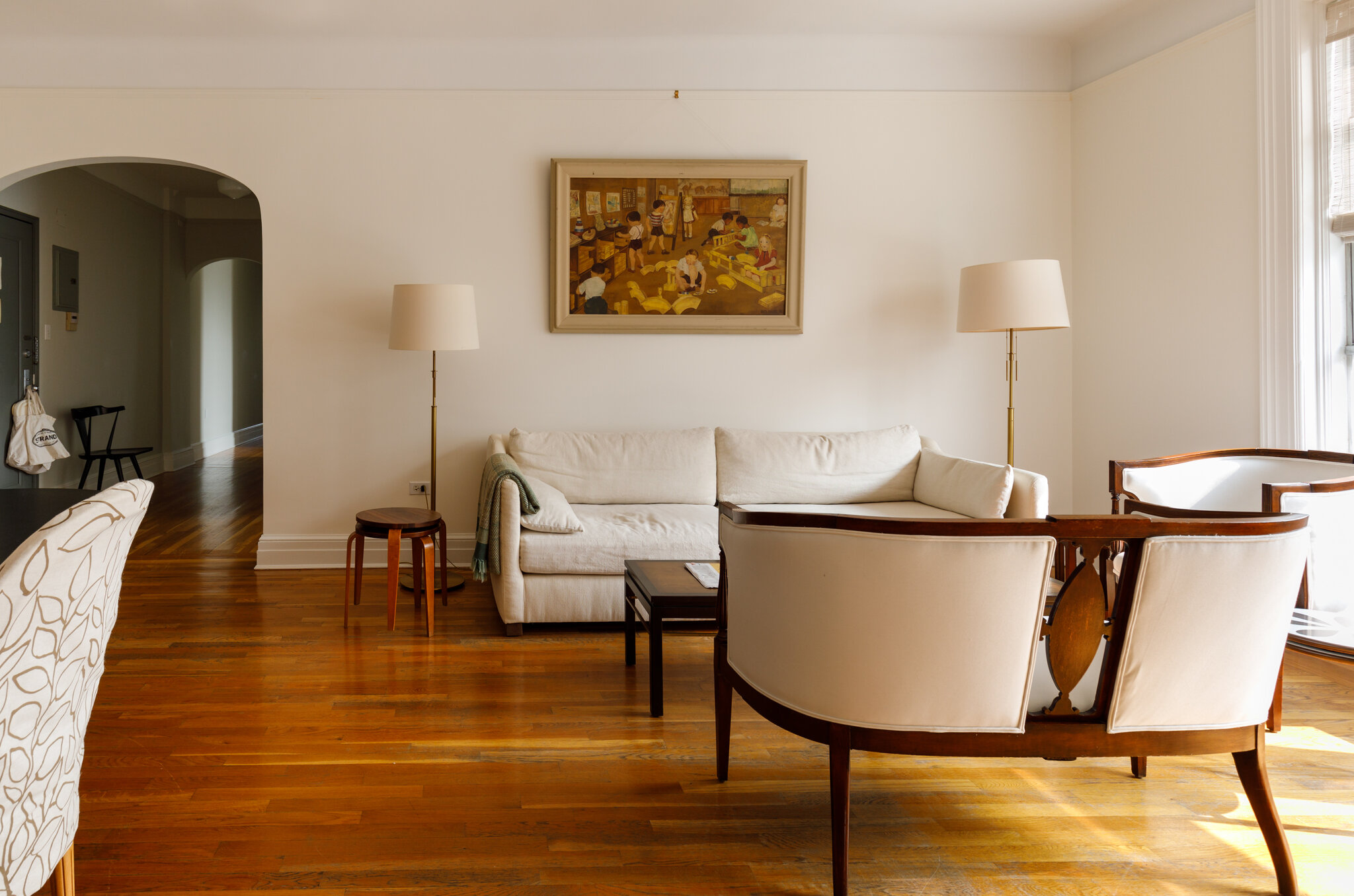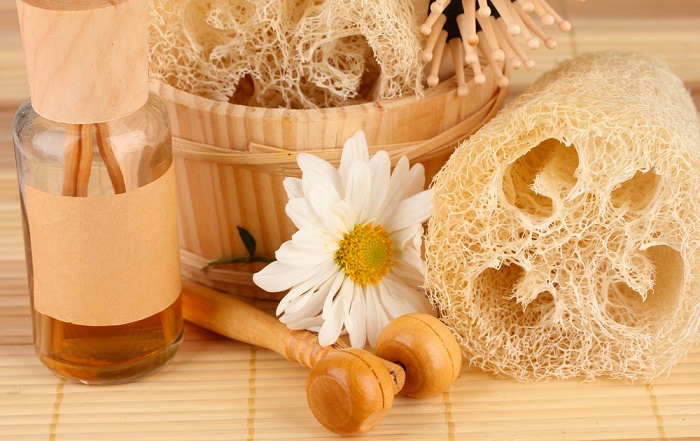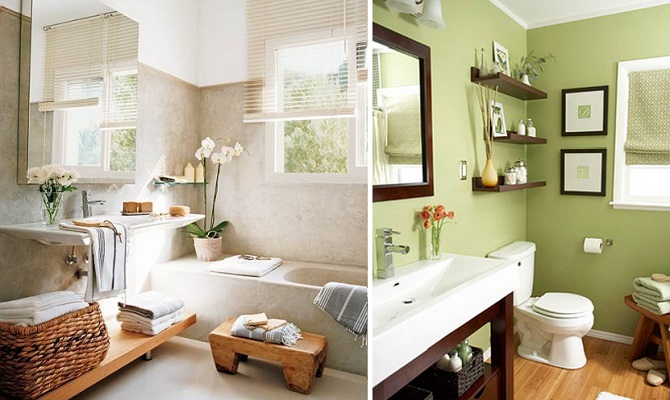When talking about Feng Shui, one tries to explain an ancient concept that refers to an order that maintains and complements animate and inanimate objects in perfect harmony. We will try to decipher that ancient language and transfer it to western and contemporary concepts and languages.
 Perhaps for the oriental it is easy to understand concepts such as the “chi” (vital energy) with which he has been familiar for thousands of years. On the other hand, it could be difficult for Westerners to understand these ideas. However, there are other ways of relating our concepts to those of Feng Shui.
Perhaps for the oriental it is easy to understand concepts such as the “chi” (vital energy) with which he has been familiar for thousands of years. On the other hand, it could be difficult for Westerners to understand these ideas. However, there are other ways of relating our concepts to those of Feng Shui.
Our much proclaimed Western “common sense” is the key. Sometimes we need extreme examples to understand certain differences between situations, but once the specific idea is grasped, the rest becomes simpler to understand. Thus, for example, Feng Shui tells us about a “harmony” in our environment that helps us to flow correctly. Nobody finds it strange to hear phrases like “I walked into that place and it was depressing”, or “when I’m at whore’s house I feel restless”, and many other comments that we make and are made to us and that clearly refer to feelings. Feng Shui does not refer only to questions of visual aesthetics but to the places or spaces that objects must occupy and in which they must be in accordance with certain energetic principles that the Orientals have managed to capture and decipher through 3 or 4 thousand years of experience and observation .
In the discipline of Feng Shui, the concept of “flow” is very careful, of the orientation of objects in relation to the cardinal points and more specifically in relation to the exact point from where the sun rises. Without knowing Feng Shui, any of us knows that depending on the orientation of a house, it will receive more or less natural light depending on the location of the windows. This is a consideration that we can observe from our common sense. If the house is surrounded by trees with a lot of vegetation, the mere orientation of the house will not help to have more natural light. These and many other issues make Feng Shui look for a harmonious design and that each component is considered as a function of the whole and never as something isolated.
On this occasion we will see how Feng Shui orders and designs the environment of plants that we have inside the house and the garden.
The design and distribution of the garden must contemplate, as we have already said, each and every one of the elements: grass, rocks, plants, flowers, paths, walls, etc. Perhaps most people find it easier to tidy up a garden than houseplants, as this is a natural site in and of itself. On the other hand, integrating plants into the interior of a house sometimes results in a task of adapting the bush into an environment that is not its own.
The first thing to keep in mind, both for the interior and the exterior, is the concept of simplicity and the absence of excess. Many people have the habit of stacking a large number of objects both inside and outside the house. An excess of furniture will make the house a difficult place to walk or to put it in Feng Shui language with little fluency. When it is difficult for us to walk freely through the interior spaces of a house, it is because something is not right. In the same way, if we stockpile plants filling every corner and every table and every possible space, what we will get will be an overload that will break any possible harmony. A garden full of hundreds of plants and flowers of all colors can disturb us, it is as if our gaze does not know where to start looking. An arranged garden, with enough plants and located in the right places, can be the most harmonious and pleasant place. And the same applies to the interior of the house.
Feng Shui prefers circular shapes and tries to avoid straight lines and right angles. This can be clearly seen in the construction of the roofs of oriental houses with their fall in curvilinear shapes. A garden crossed by an asymmetrical zigzag path will produce feelings of surprise and will be resized, thus favoring a more leisurely and relaxed movement. Remember that too much detail can be as inappropriate as a neglected garden. A balanced landscape is the goal of Feng Shui. Pergolas or gazebos should be of simple construction and preferably with arched beams. Bamboo is an ideal material for this type of construction. In the same way, climbing plants are recommended on the edges of the garden to soften the straight cuts and angles of the walls.
Water is considered a vital element in the Feng Shui garden, symbolizes good fortune and must always be in motion, which is achieved by installing small fountains that recycle the fluid through a pump. If we have a place for a small pond, we can incorporate silver fish, which symbolize fortune, and a turtle, which symbolizes longevity and stability. It is advisable to place carefully selected rocks on some elevation of the terrain from where they can be appreciated from different angles. And placing a small trough for birds would give the garden a dimension more integrated with nature.
With a pinch of common sense and a pinch of intuition, you can make the concept of Feng Shui help you harmonize your green space. Do not forget that in the garden you must respect the space of your plants, just as your plants must respect their space inside the house. For this reason, it is essential to find the site and the orientation that each of them should have. Observe your plants and try to identify their needs. Many times, the same plants reveal discomfort or well-being with their own language. If we know how to pay attention to these changes, we can study the possibilities and find the place that each one should occupy. Achieving at the same time occupying our best space. When you notice that some plants are in a space that causes you discomfort,








